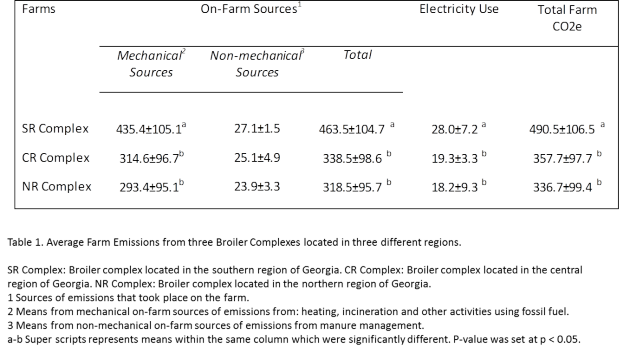Proceedings Home | W2W Home 
Purpose
Streptococcus equi subspecies equi (S. equi), causes the potentially fatal respiratory disease in horses known as “strangles”, while the closely related Streptococcus equi subspecies zooepidemicus (S. zooepidemicus) causes potentially fatal infections in humans. A study was undertaken to determine the survival of these 2 organisms in compost and soiled bedding.
What did we do?
Dacron bags were filled with a feedstock mixture of soiled equine bedding and feed waste at ratios of 3:1 (C:N ratio 40.6), 1:1 (C:N ratio 31.9), and 1:4 (C:N ratio 25.4). The Dacron bags were inoculated with S. zooepidemicus, and placed in 3 compost windrows of the same 3 feedstock ratios 24 h later. Streptococci were quantified at different time points. Next, S. equi was inoculated into Dacron bags then placed into a compost windrow of the same feedstock ratio. Streptococci were quantified. To rule out killing of both Streptococcal species by microflora during the 24 h storage period, samples of soiled equine bedding, both autoclaved and non-autoclaved, were inoculated with S. zooepidemicus and periodically sampled. A repeated study was conducted with S. equi. To determine the role of moisture on the killing of S. equi in equine waste, soiled equine bedding was dried at 37 °C for 48 h and sterile water then added to dried bedding.
What have we learned?
Microbes in soiled equine bedding may eliminate Streptococci, indicating that normal compost microflora may provide sustainable methods for the control of human and animal pathogens.
Future Plans
Future studies could assess the role of individual bacterial species in the abatement of Streptococci, and possible additives to a compost pile which might increase numbers of streptocidal organisms. In addition, compost could be examined to discover novel antibiotics or bacteriophages which may be used for disease control.
Corresponding author, title, and affiliation
Alexandria Garcia, Graduate Student, University of Maine
Corresponding author email
Other authors
Dr. Robert Causey, Associate Professor at University of Maine, Scott Mitchell, Student, Kathleen Harvey, Student, Ashley Myer, Student, Mark Hutchison, Extension Professor, and Martin Stokes, Professor
Additional information
Garcia, Alexandria, “Abatement of Streptococcus equi in Equine Compost” (2016). Electronic Theses and Dissertations. 2435.
http://digitalcommons.library.umaine.edu/etd/2435
Acknowledgements
Maine Agricultural Center, Dr. M. Susan Erich, Mark Hutchinson
The authors are solely responsible for the content of these proceedings. The technical information does not necessarily reflect the official position of the sponsoring agencies or institutions represented by planning committee members, and inclusion and distribution herein does not constitute an endorsement of views expressed by the same. Printed materials included herein are not refereed publications. Citations should appear as follows. EXAMPLE: Authors. 2017. Title of presentation. Waste to Worth: Spreading Science and Solutions. Cary, NC. April 18-21, 2017. URL of this page. Accessed on: today’s date.



